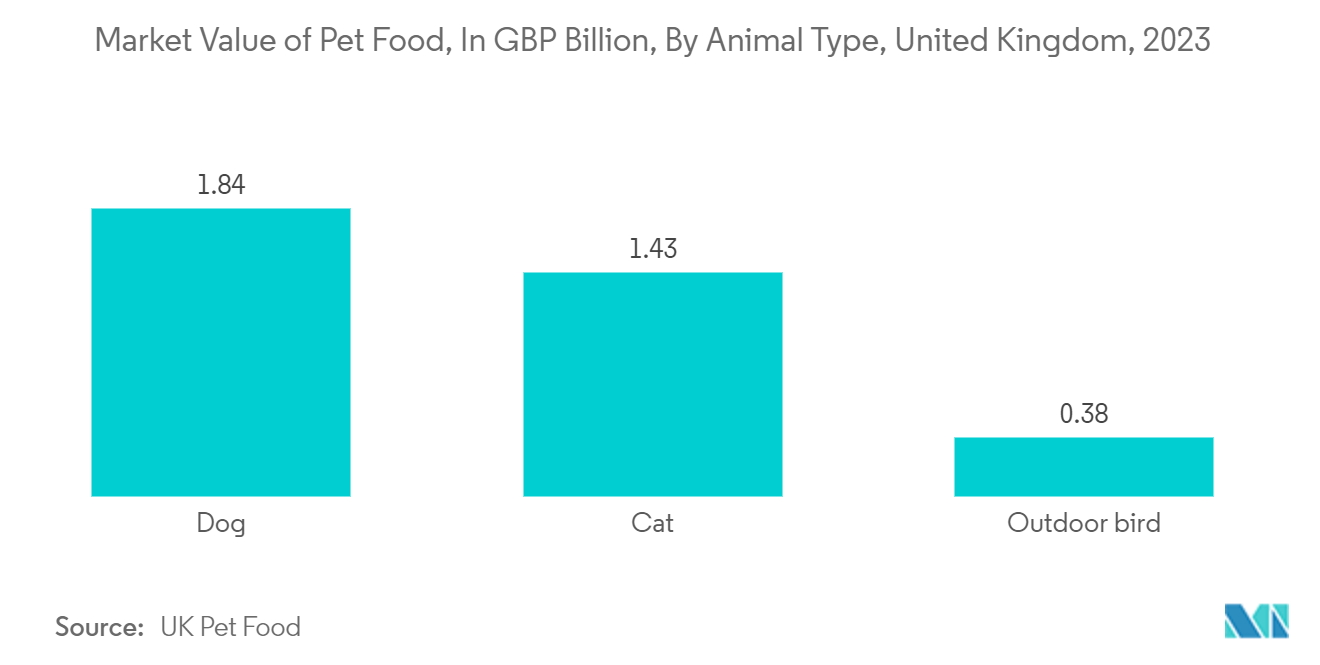Market Trends of United Kingdom Pouch Packaging Industry
Increasing Adoption of Lightweight Packaging Methods
- Lightweight packaging products such as pouches, typically made from plastic or paper, are designed for minimal weight. It serves various industries, from food and beverages to e-commerce and logistics. The primary goal of lightweight packaging is to reduce the weight and volume of products for more accessible transportation and storage.
- Lightweight pouches cut shipping expenses and aid environmental sustainability by curbing carbon emissions. Industries, especially retail, value lightweight packaging for its convenience and handling ease. Furthermore, it is instrumental in safeguarding perishables, shielding them from moisture, air, and light. Given its broad benefits and applications, pouch packaging is a cornerstone across industries.
- Embracing pouch packaging, particularly stand-up pouches, significantly reduces material costs. Pouch packaging trims costs and bolsters brand identity and visual marketing. These versatile and eye-catching pouches are potent tools for brand promotion and sales uplift. With digitally printed pouches, businesses can tailor their brand's identity precisely as they desire.
- Moreover, the country is witnessing rising packaging activities. According to the Office for National Statistics (UK), in 2020, the revenue from packaging activities was USD 5.30 billion and is expected to reach USD 5.49 billion in 2024. Increased packaging activities across end-user industries, such as food and beverage, would further push the pouch packaging market in the country.
- The market is also focusing on innovating eco-friendly pouches. As of January 2023, 81% of consumers in the United Kingdom are actively demanding sustainable packaging, a significant surge from previous years. This surge is a direct response to the growing concern over plastic waste. Consequently, manufacturers are pivoting toward biodegradable, convenient, compostable, and recyclable alternatives, aligning with regulatory mandates and the preferences of an increasingly eco-conscious product's environmental impact.

The Food Industry is Expected to Push the Market's Growth
- Consumers seek food that seamlessly integrates into their lifestyles, prioritizing flexibility and convenience without sacrificing quality or taste. In response, food providers diversify their menus and product ranges, embracing various flavors and formats. The trend towards global cuisines and innovative fusions is on the rise.
- Consumers increasingly gravitate toward products with extended shelf life for convenience and reducing food waste. With its robust barrier properties, pouch packaging protects items from moisture, oxygen, light, and other external elements that can compromise their quality and freshness. This, in turn, elongates the shelf life of a range of perishable items in the food sector.
- According to a study conducted by Fess Group, pet food sales have steadily risen over the years, mirroring an expanding pet population, a shift toward incorporating pet food into overall diets, a comprehensive array of balanced diets, and the increasing recognition of the value and benefits of pet food. This uptick in production is primarily fueled by heightened demand from devoted pet owners, a phenomenon often termed 'pet humanization.'
- Pets receive heightened care and hygiene, pushing consumers for premium, quality food products. Standard product labels now boast grain-free, gluten-free, probiotics, essential vitamins, and high meat content. These labels cater to an increasing demand for healthier, natural ingredients, eschewing artificial additives that offer little nutritional value to pets.
- According to UK Pet Food, the value of the dog food market in the United Kingdom (UK) reached around GBP 1.84 billion (USD 2.28 billion) in 2023, making it the most lucrative market segment. Cat food followed second with a market value of GBP 1.43 billion (USD 1.77 billion). Such a rise in the value of pet food would further drive the demand for pouch packaging. Consequently, pet food production lines are adapting, with companies pivoting toward healthier ingredients to align with evolving market preferences.


